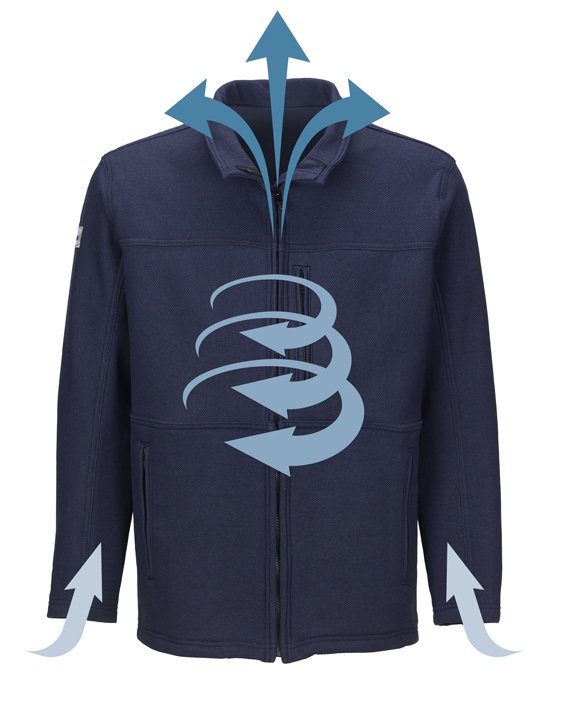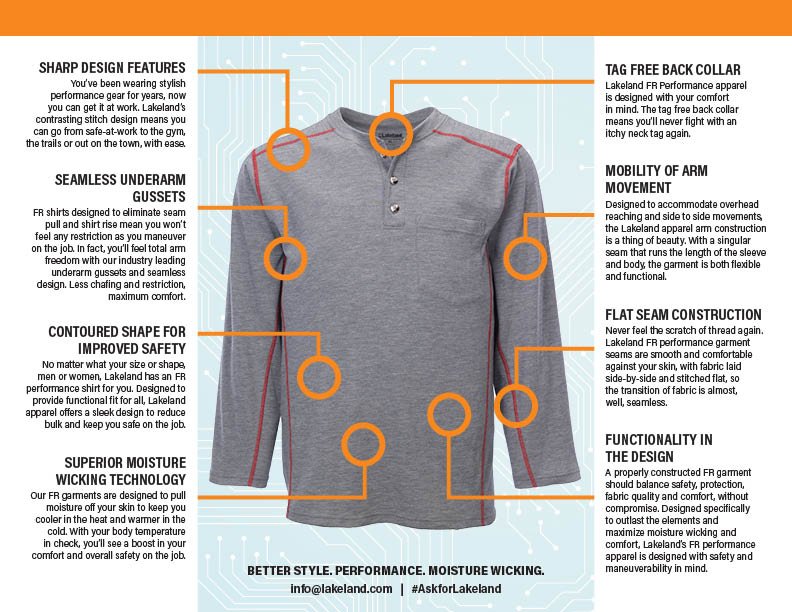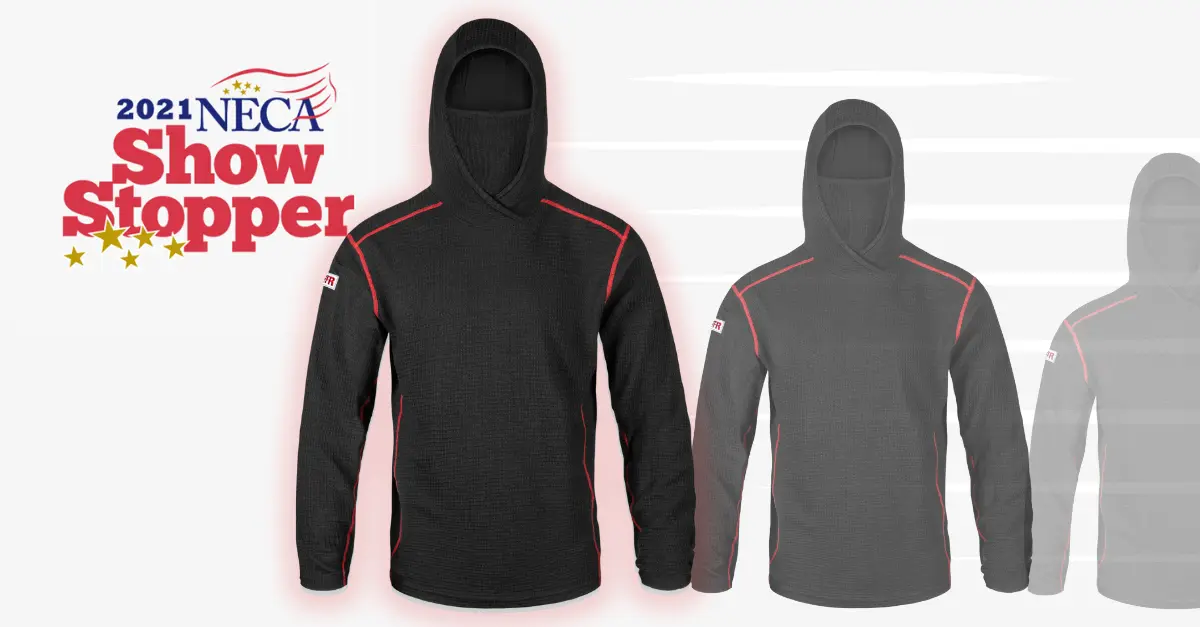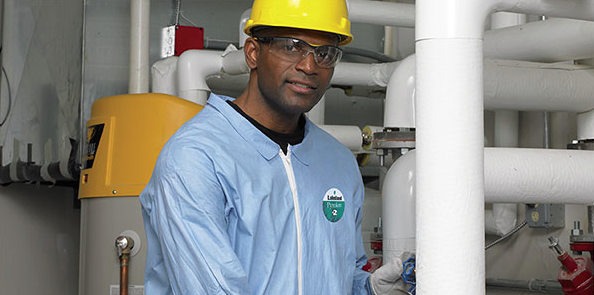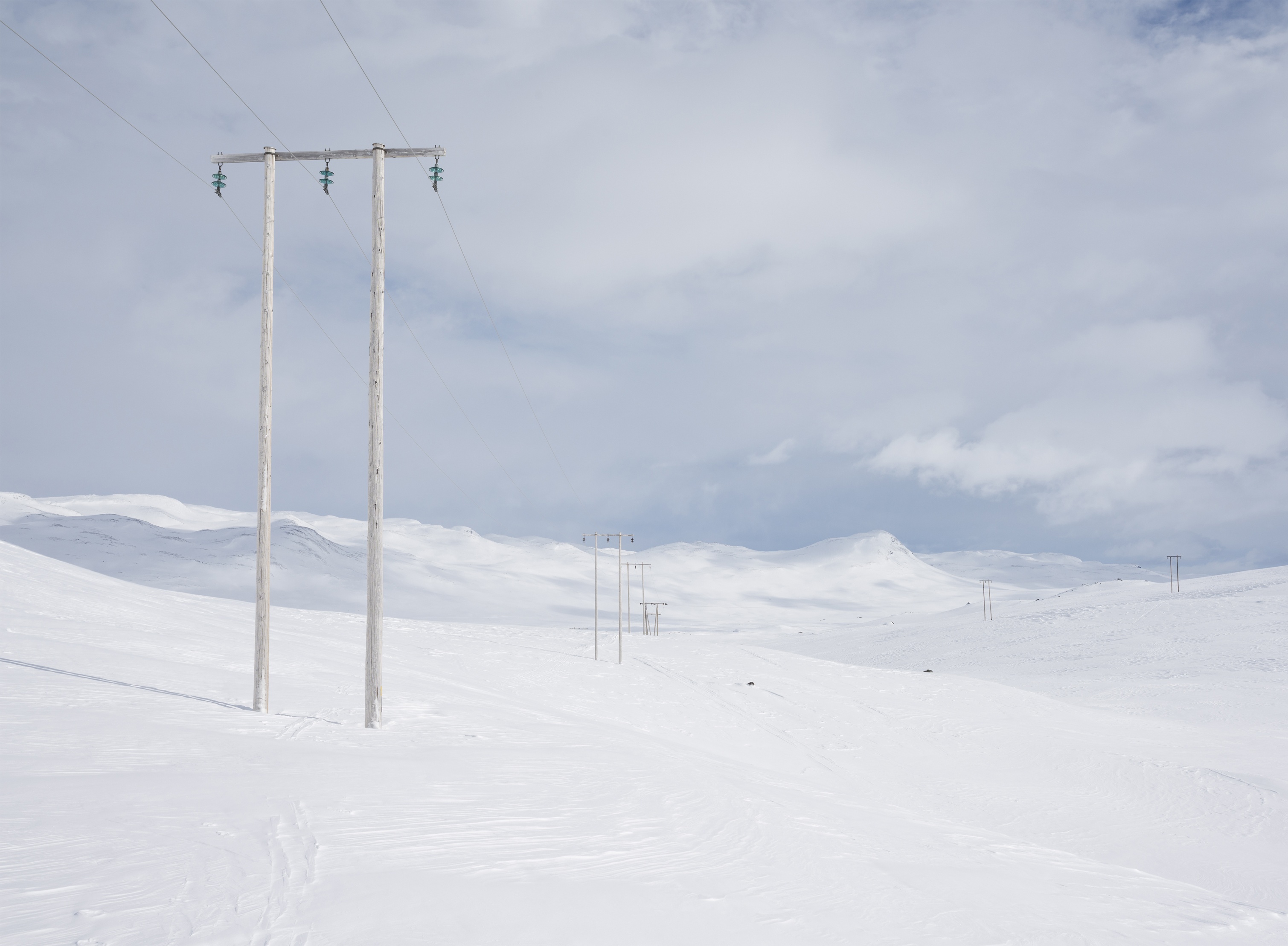
As you layer your protective clothing, appropriate air circulation is essential to promote moisture wicking and to allow for proper ventilation.
Remaining cognizant of proper air circulation and ventilation may get overlooked in the quest for warmth and dryness outdoors. Here’s the science behind circulation and why you’ll want to rethink how you layer up your team.
What Is Moisture Transport?
Moisture transport refers to a garments ability to move moisture through the fabric to the outer surface. Combined with a high spread of moisture, which measures how quickly moisture spreads and dissipates on the surface, you can evaluate the effectiveness of your garment’s moisture wicking capabilities.
As you think about layering, it is essential to consider how your layers will work together to keep you feeling dry and warm. As one layer passes moisture through the fibers, the next layer must also offer moisture wicking capabilities to keep the transport of moisture going, from layer to layer, to spread on the outer surface.
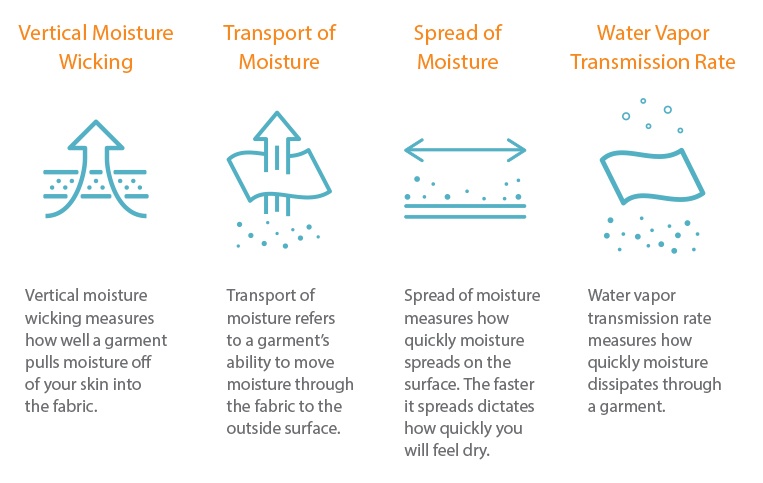
How Air Circulation Keeps You Warm
Air movement is required to continually transport moisture through your apparel and keep you feeling warm, dry and protected. The circulation of air within a layering system is critical to allow for the removal of moisture from one layer to the next.
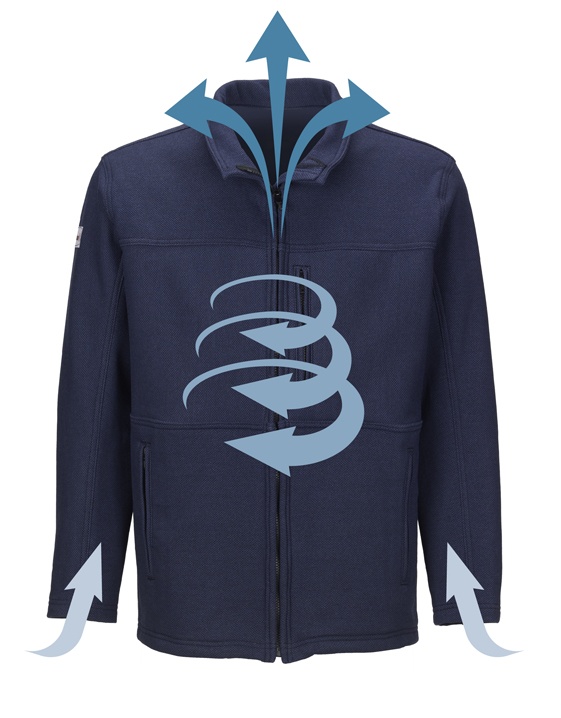 |
|
How to Layer Apparel with Air Circulation In Mind
Layer One: Moisture Wicking
As you think about your cold weather laying system, your base layer should have permanent moisture wicking capabilities to pull moisture away from your skin. As air circulates, it should keep your skin feeling dry and protected.
Layer Two: Insulating
Your second layer should also be constructed of moisture wicking fibers, but it must also act as an insulating layer. A superior insulating layer offers breathable fibers that help contain your own body heat with wicking fibers to keep you feeling dry. Your insulating layer should be made of a thicker, comfortable material that offers moisture wicking and also, transfers moisture away from the base layer. Each layer that is added to a base layer should efficiently absorb and transport moisture, working with the surrounding garment layers to keep you feeling dry on the job.
Layer Three: Protection
It is critical that your outer layer offers wind and rain resistance to help you battle the elements, but in addition, it must also offer breathability to keep air circulating through your layering system. Lakeland’s strategically designed outer jacket, for example, offers a cuffed sleeve on the outer jacket (instead of a ribbed sleeve cap), which allows air to flow through the layering system, promoting circulation, wicking and ventilation.
Remember, layering is not just about adding warmth — layering should be strategic to keep you dry, warm and protected, all while maximizing your mobility on the job. The effectiveness of your layering system is eliminated in the absence of moisture wicking fabrics, leaving you feeling damp, cold and not focused on the task in front of you.
Designed by linemen for linemen, Lakeland FR high performance combines superior moisture wicking fibers, style and functionality. Only Lakeland offers a layering system with permanent moisture wicking technology in every single layer. From base layer to button up shirt, hoodie to outer jacket, Lakeland’s layering system offers moisture wicking technology that will never wear out, wash out, or stop performing for you.
